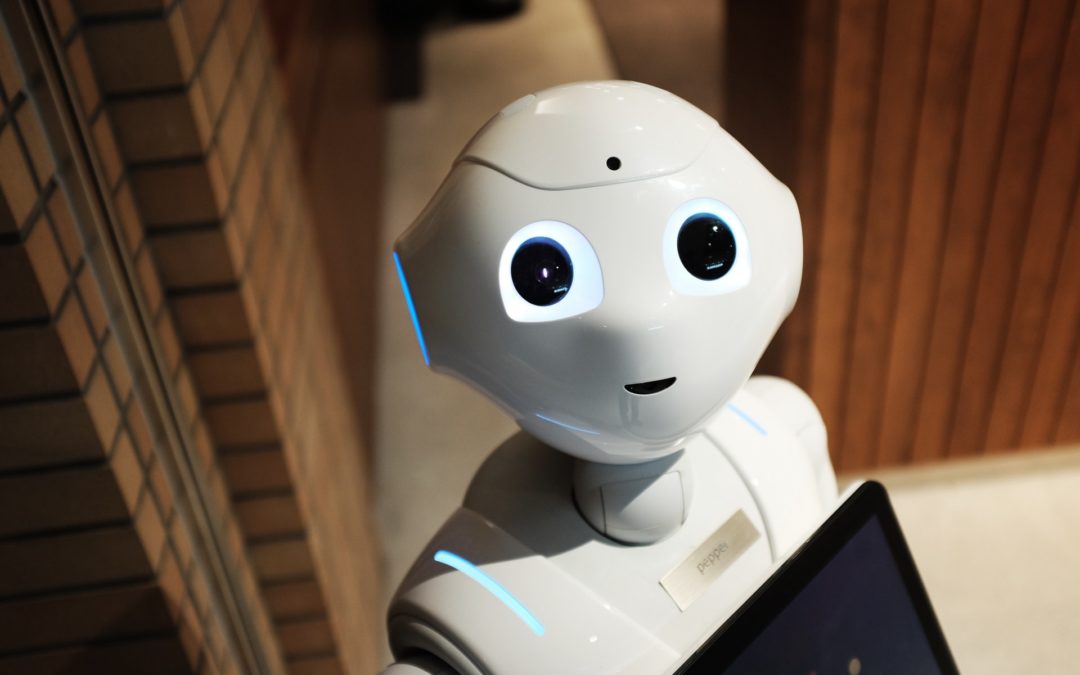We just welcomed a new decade and new year: 2020! It is already time to begin thinking about not only what is ahead in the next year, but more importantly, preparing for ten years from now.
It is predicted that by 2030, the global labor force – made up of an estimated 3.5 billion people will be led by knowledge workers working in concert with Artificial Intelligence.
Many changes are on the horizon, most as a result of an algorithmic economy based on Artificial Intelligence and will transform the way humans interact with the work they perform. Amazon is already planning to spend $700 million to train about 100,000 workers to help them move into more highly skilled jobs.
What is the best way to train the future workforce? Many believe the future workforce will need to be trained via gamification. This type of training will engage, teach and retain your employees. Gamification can make the learning process easier and faster for employees, which of course, translates to rolling out new systems, processes and initiatives much faster.
Preparing your workforce to embrace artificial intelligence is a good idea as there will be jobs lost as a result, but at the same time, new jobs will be created with different skills required. One simple, yet often overlooked step for those entering the job market, will be the necessity of creating an online portfolio, as opposed to a hard copy of a resume’. The online portfolio should showcase the skills, certifications and accomplishments of the candidate and be consistently updated. Having a presence on LinkedIn shows the candidate embraces being part of the digital workforce.
Another future trend will be to accommodate the employees who telecommute. It is predicted that by 2025, more than 40 percent expect freelance workers to account for an increased share of their organization’s workforce.
Lastly, corporate wellness programs will help to incentivize employees to lead healthier lives in and out of the office.
Future trends provide opportunities for organization’s to prepare their current workforce and look beyond the skills required today, but more importantly, tomorrow.


Hi Maribeth,
Thanks for spending a few minutes explaining the new company. I tried to subscribe the the newsletter, but an error message appeared.
Just letting you know. Looking forward to talking again.
Ray Hopkins
856-9768
Excellent site. Wishing you both much luck on your business venture. Many businesses will benefit from your HR company. Congratulations!!
generic cialis